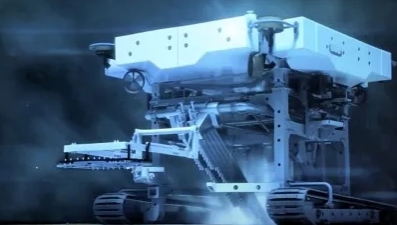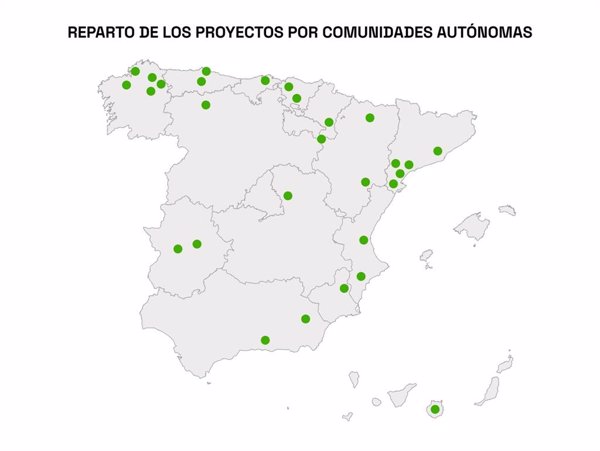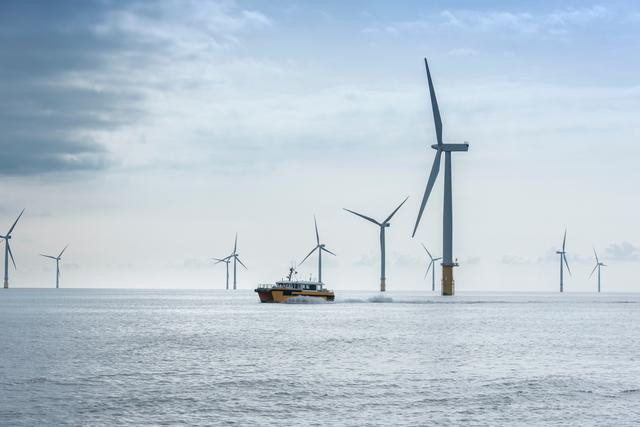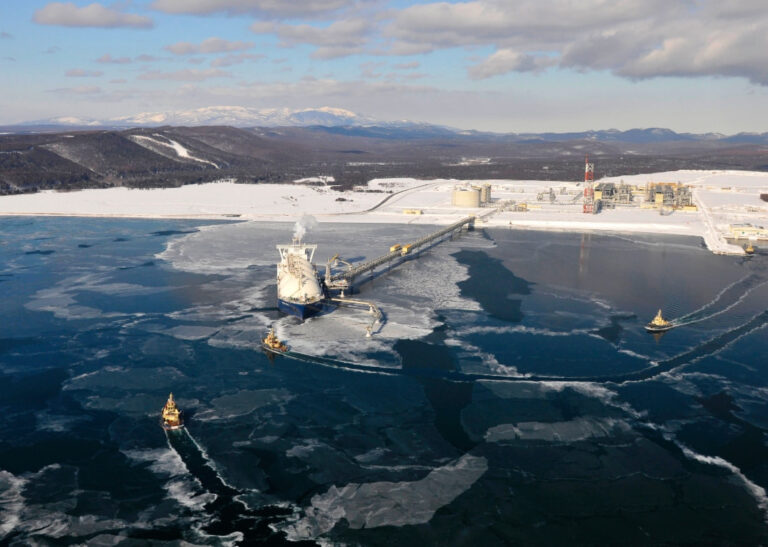The UK Department for Business, Energy & Industrial Strategy on 22 March published a report on Micro Nuclear Reactors (MNRs) produced for the Department by Nuvia, WSP and Atomic Acquisitions.
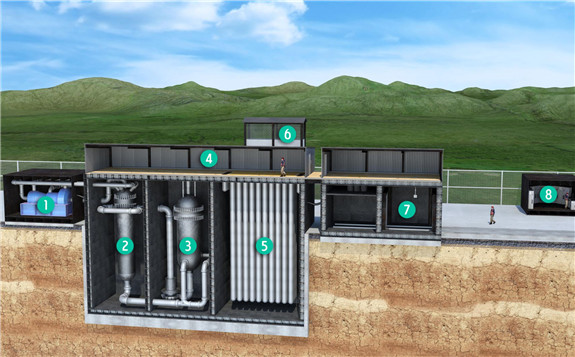
Market and Technical Assessment of Micro Nuclear Reactors, which looks at their key characteristics and assesses the market and regulatory challenges, is dated 31 March 2016, and no explanation is offered for the delay in publication.
The study concludes that there is great potential for development of MNRs between 2030 and 2035. It says wider use of the reactors will benefit the UK economy and the largest market for the reactors would most likely be as backup generators to regular nuclear plants. “Due to their size and unique characteristics, there are several potential market opportunities for MNRs. A potential global accessible market of up to 2850 megawatts has been estimated by around 2030,” the report notes. “The largest immediate market is likely to be nuclear power plant standby, with other markets starting on a much smaller scale, with the potential for longer term growth.”
The report says the UK may be able to utilise and grow its existing nuclear knowledge and supply chain into a new product line. “A potential MNR industry could enable the UK to grow indigenous civil nuclear reactor manufacturers gaining intellectual capital at low entry cost. At present this core part of the civil nuclear supply chain is not provided in the UK.”
Risk factors that could negatively impact the attractiveness of funding small nuclear reactors include the “prohibitive” cost of regulation and the small chance of the public accepting the location of small nuclear reactors closer to population centres. “The political environment and level of commitment in relation to MNRs is uncertain," notes the report, adding that there is a "high risk" that commitment may change before industry has the chance to develop competitive products in the long term.
In its conclusions the report says key advantages of micro reactors include simplicity of design, including safety systems; potential ease of construction through factory construction; lower overnight cost of each unit resulting in ease of financing; and the possibility of placing reactors in remote locations. Full-scale demonstration facilities could be constructed relatively easily, which means concepts can be developed and proven with less reliance on complex computer codes and theoretical calculations.
